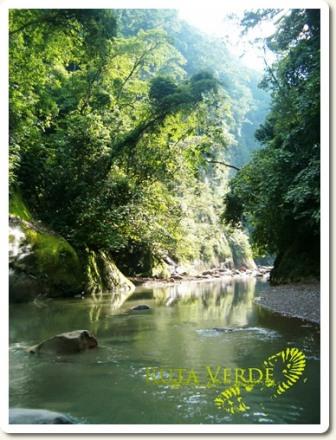|
Bolivia Tourism: Amboro National Park Amboro National Park is an ecological masterpiece covering nearly half a million hectares. It lies in a unique
geographical
position at the confluence of 3 distinct ecosystems: the
Amazon
basin, the northern Chaco and the Andes (nowhere else in the world do three such vast environments converge). The Park contains over 800 bird species, more than the USA and Canada together! The main entry points for tours to this park are in
Buena Vista
and near
Samaipata.
Because of its unique geographical location Amboro National Park hosts an incredible variety of flora and is one of the best places to observe Amazon jungle
wildlife in Bolivia.

Both highland and lowland animal and plant species can be found in the park. The park also hosts many trees valued for their fine wood such as Mara and various species of palm trees. A huge variety of bromeliads, orchids and giant ferns forests makes this park very special. Most mammals native to Amazonia can be found here, including capybaras, peccaries, tapirs, several species of monkey such as howlers and capuchins, jungle cats like the jaguar, ocelot and margay, and the increasingly rare spectacled bear, the only species of bear found in South America. Perhaps most impressive is the huge number of birds that inhabit the area, one of the greatest concentrations of bird species in the world.
    |